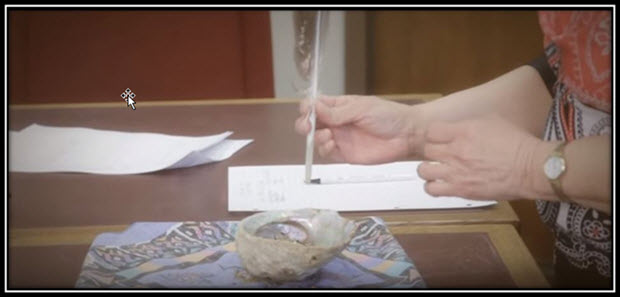Last spring seven criminal law students from the University of Victoria law school travelled to Duncan to attend a sitting of the BC Provincial Court’s First Nations Court. While there, the students were able to see six cases and the unique way those cases were treated by that court. All the students were moved by what they had seen and learned that day – they called it “fantastic”, “spectacular” and “inspiring”.
First Nations Court sits once a month in Duncan. The courtroom itself is organized very differently from a typical courtroom. There is a large round table where the judge, Crown and defence lawyers, a probation officer and four Elders sit. Also at the table, next to the judge, sits the First Nations person who has pled guilty to one or more criminal offences. Family members and spectators may also be present, but there is no sheriff in the courtroom.
The Court is not a trial court. It’s a sentencing court that deals only with cases where the accused person has admitted their guilt. The issue in First Nations Court is “what is the appropriate sentence?” How that decision is arrived at is a unique aspect of First Nations Court, something the students had an opportunity to witness for themselves.
The students remarked on the different approach to the accused, referred to as a ‘client’ by the Court. Gabrielle Jameson noted that, “Unlike in ‘regular’ court where the accused is largely excluded from most of the court procedure, the First Nations Court demonstrates what is possible when offenders actively participate in their rehabilitation. Offenders were referred to by their names, asked questions directly but were also held to account directly by the Judge and Crown prosecutor. The offender may have to more actively engage in healing, for a longer period of time than would be required in regular Provincial Court”.
Calling it a “fantastic experience”, Ethan Plato, a second year student, described what he saw as a “real life chance to see alternative solutions to social problems”. Kirsty Broadhead noted how allowing the offender a greater opportunity to speak showed more respect for the offender and gave them a say in how to change their behaviour. David Gill observed that “the structure of the court itself created a process that had a qualitatively different outcome. . . It re-characterized what is often seen as a shameful process (a criminal conviction) into an accomplishment for the offender.”

Scene from the video "First Nations Court: Provincial Court of BC"
The cases that day involved men and women charged with offences including dangerous driving, theft, assault, and assault with a weapon. The cases were not all at the same stage: some were there to order the reports necessary before passing sentence, others for the passing of sentence and others for updates on how the offenders were performing on the current orders of the Court.
Also significant to the students was the input and role of the Elders. Their contribution included reminding the offenders of the values of the community and the importance of healing to the offender and the community. They also made very clear the message that the community was there to support them if they were prepared to fulfill their obligations.
Lara Ulrich, who had experience in the court system before attending law school, said, “Rather than being punitive and impatient, there was caring and understanding. Most powerful was the opportunity for community involvement. Crime harms the entire community, directly and indirectly. The opportunity for community involvement not only (from what I saw) entrenched within the accused person a sense of responsibility for their actions, but also showed them that the community was there to help them and give them a hand up.”
After court concluded the presiding judge, Judge Garth Smith, and the Elders met with the students to discuss what they had just witnessed. All were enthusiastic about what they had seen. As one student concluded, “I only hope that more communities are able to take advantage of this specialized court program”.
First Nations Court currently sits in New Westminster, North Vancouver and Kamloops as well as in Duncan. Discussions are currently underway in a number of communities about the development of First Nations Court in other parts of the Province.
For more information about First Nations Court and the BC Provincial Court’s other specialized courts see:
Cknucwentn First Nations Court, Kamloops
First Nations Court in New Westminster – Nine years old this month!

